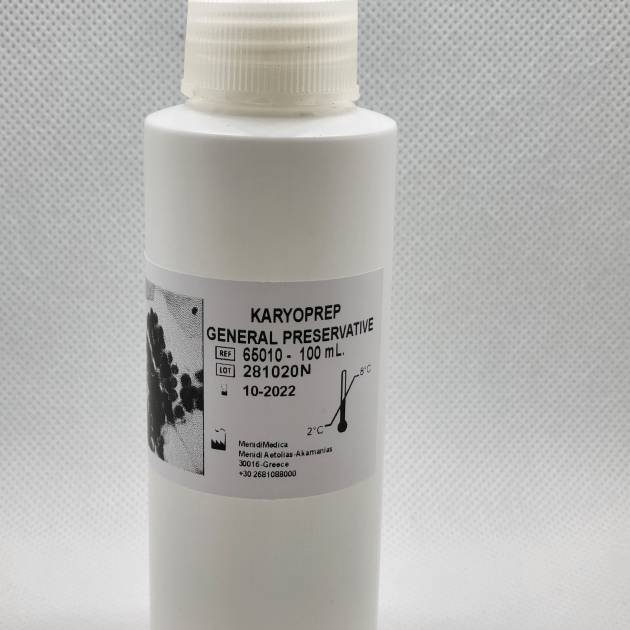Περιγραφή
QUANTITATIVE DETECTION OF BROMATE IN BREAD
Potassium bromate, or simply called bromate, is an oxidiser used to strengthen dough and enhance its elasticity. This helps bake uniform and whitened bread.
However, excessive use of potassium bromate results in residual concentrations in bread having potentially harmful effects.
Some people who ingested large amounts of bromate had gastrointestinal symptoms such as nausea, vomiting, diarrhea and abdominal pain. Some individuals who ingested high concentrations of bromate also experienced kidney effects, nervous system effects and hearing loss.
European bread lacks a specific ingredient: Potassium bromate. Food makers in the United States regularly use this chemical compound to strengthen dough. In fact, this additive is present in more than 100 products. But, Europe, China, and India have banned Potassium bromate due to concerns that it may be a carcinogen.
CHARACTERISTICS
Reference: 82906
Linearity range: 0.5 – 50 ug/mL. bromate content
Presentation: Chromogen Activator R1 – 5 mL., Substrate R2 – 2 mL.
Sample Matrices: bread, water
Expiry Date: 24 months
*The kit must be stored at 2°-8°C
HOW TO USE
Method: Quantitative, Endpoint
Wavelength: 505 nm
Sample preparation: Collect 1 gr. of bread, cut and mix in 20 mL. distilled water with magnetic stirrer. Filter through Whatman 41 filter.
Blank: Reagent
Procedure:
1. Read Blank
2. Transfer 880 uL. sample filtrate into a cuvette
3. Add 100 uL. R1 and mix
4. Add 20 uL. R2, shake in vortex for 1′
5. Read results
The color is stable for 30′







